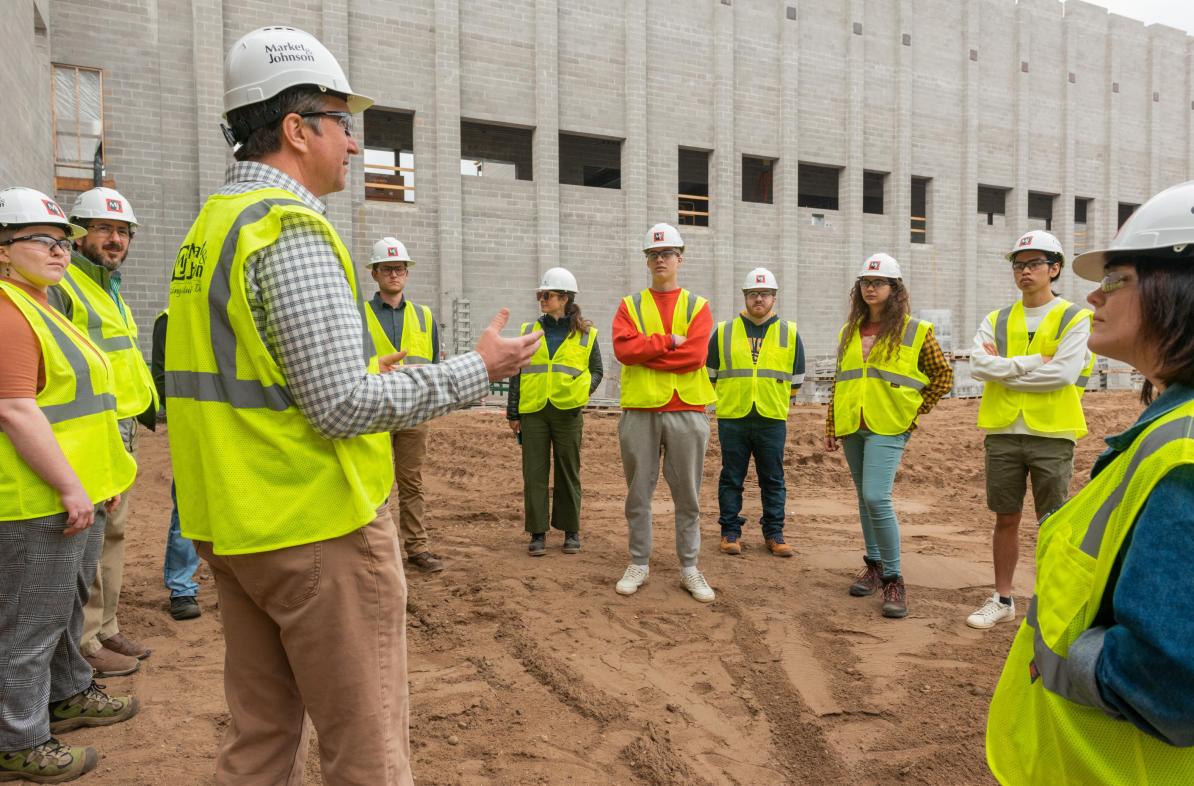ID

Environmental studies students examine sustainability features of County Materials Complex
Story Categories
Authored on
Environmental studies students examine sustainability features of County Materials Complex
Published on:






